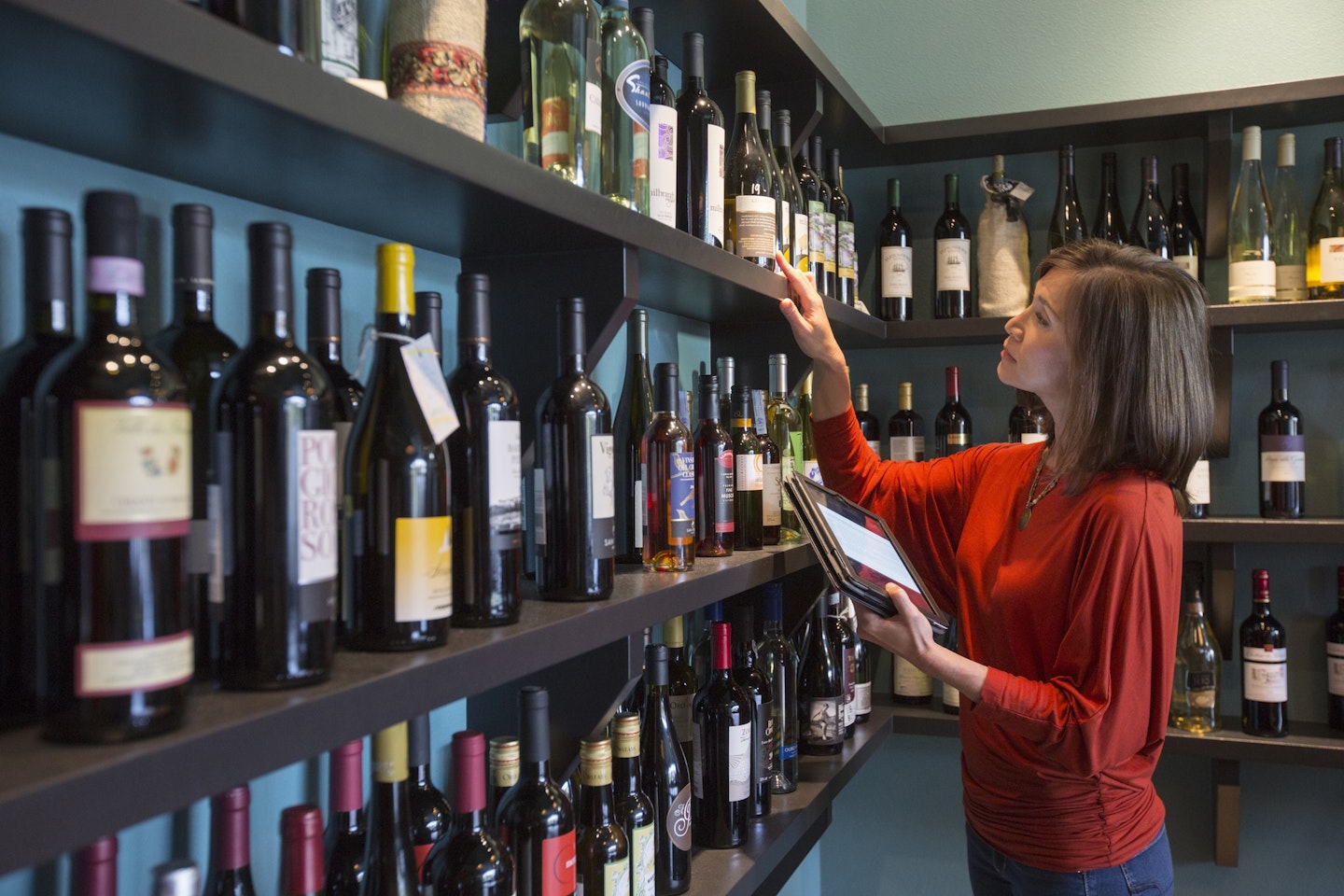From a velvety and elegant Merlot to a crisp Riesling with hints of pear, we're all familiar with the flowery terminology of wines.
But what we didn't realise is quite how seductive it is.
A new study from the University of Adelaide has revealed exactly how far we're influenced by emotive vino descriptions.
Instead of merely glancing over the hand-written tabs on a supermarket isle or choosing a bottle of plonk based on price alone, we take the language seriously.
So much so, that we're willing to pay more for it as a result of a description that we like. And we enjoy it more and think it tastes better after imbibing it.

Around 126 white wine lovers took part in what is surely one of the best experiments ever, published in the journal Food Research International Australia.
They sampled a chardonnay, riesling and sauvignon blanc across three tasting sessions. One involved a blind tasting without any information on the wines, the next was a tasting with a basic sensory description, and a third tasting was accompanied by elaborate descriptions.
The latter set-up prompted higher expectations among the tasters before they'd even tried the wine in question, and resulted in higher liking ratings and more intense positive emotions after they'd tried them out.
The consumers were also far more likely to pay for the wine in question, the study discovered - even though they were the same in each session.
“Cleverly written wine and producer descriptions when coupled with unbranded wine tasting can evoke more positive emotions, increasing our positive perception of the wine, our estimation of its quality and the amount we would be willing to pay for it,” Sue Bastian, leading the study, tells The Drinks Business.
So the next time you scoot down the supermarket aisle to replenish your wine stocks, remember to read the description in full.
You'll cherish it even more as a consequence...
Read More: This Is How Much The Perfect Bottle Of Wine Will Cost You
Read More: This Is How Much The Perfect Bottle Of Wine Will Cost You
